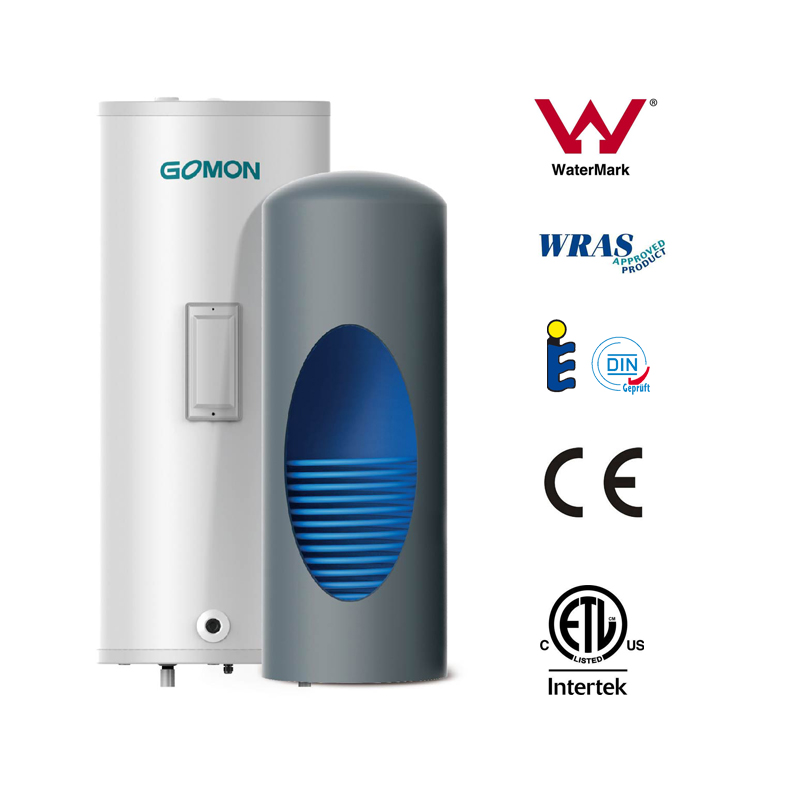Basics of Gas Water Heater Operation
As the name suggests, a tank-type water heater heats cold water and stores the hot water until it is needed by various plumbing fixtures and appliances in the home. A gas water heater works by a law of physics knowns as convection—which defines how heat rises. In the case of a water heater, the cold water enters the tank through a cold water supply tube to force a constant supply of cold water into the tank. The dense cold water at the bottom of the tank is heated by a gas burner located below the sealed tank. As the water grows warmer, it rises in the tank, where it is drawn off by the hot water discharge pipe to provide hot water wherever it is called for. The hot water discharge pipe is much shorter than the dip tube, since its goal is to funnel off the hottest water, which is found at the very top of the tank.
The gas burner that heats the water is controlled by a gas regulator assembly mounted on the side of the water heater, which includes a thermostat that measures the temperature of the water inside the tank and turns the burner on and off as needed to maintain the set temperature of the water.
An exhaust flue runs through the center of the tank to allow exhaust gases to flow up through the tank and out of the house via a chimney or vent pipe. The hollow flue is fitted with a spiral metal baffle that captures heat and transmits it to the surrounding water to maximize the efficiency of the appliance.
A close examination of each component demonstrates the ingenious simplicity of the traditional tank-type gas water heater.
The Tank
The tank of a water heater consists of a steel outer jacket that encloses a pressure-tested water storage tank. This inner tank is made of high-quality steel with a vitreous glass or plastic layer bonded to the inside surface to prevent rusting. In the center of the tank is a hollow exhaust flue through which exhaust gases from the burner flow up to an exhaust vent. In most designs, a spiral metal baffle inside the flue captures heat from the exhaust gases and transmits it to the surrounding tank.
Between the inner storage tank and the outer tank jacket is a layer of insulation designed to reduce heat loss. You can also supplement the insulation by adding a fiberglass insulation tank jacket to the outside of the hot water heater. These are inexpensive and easy to install, but it is important to avoid blocking the burner access panel and the flue hat at the top of the tank.


